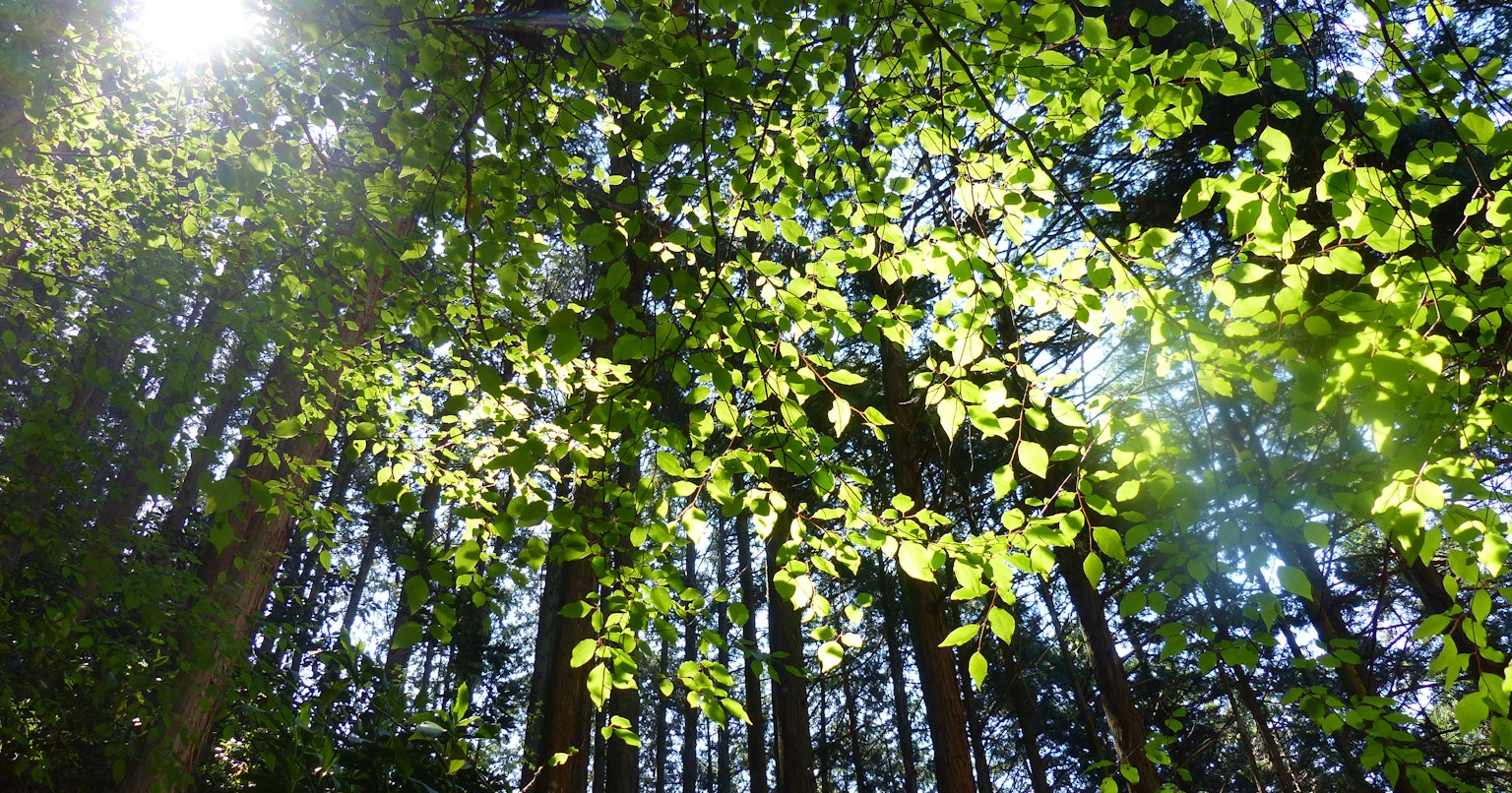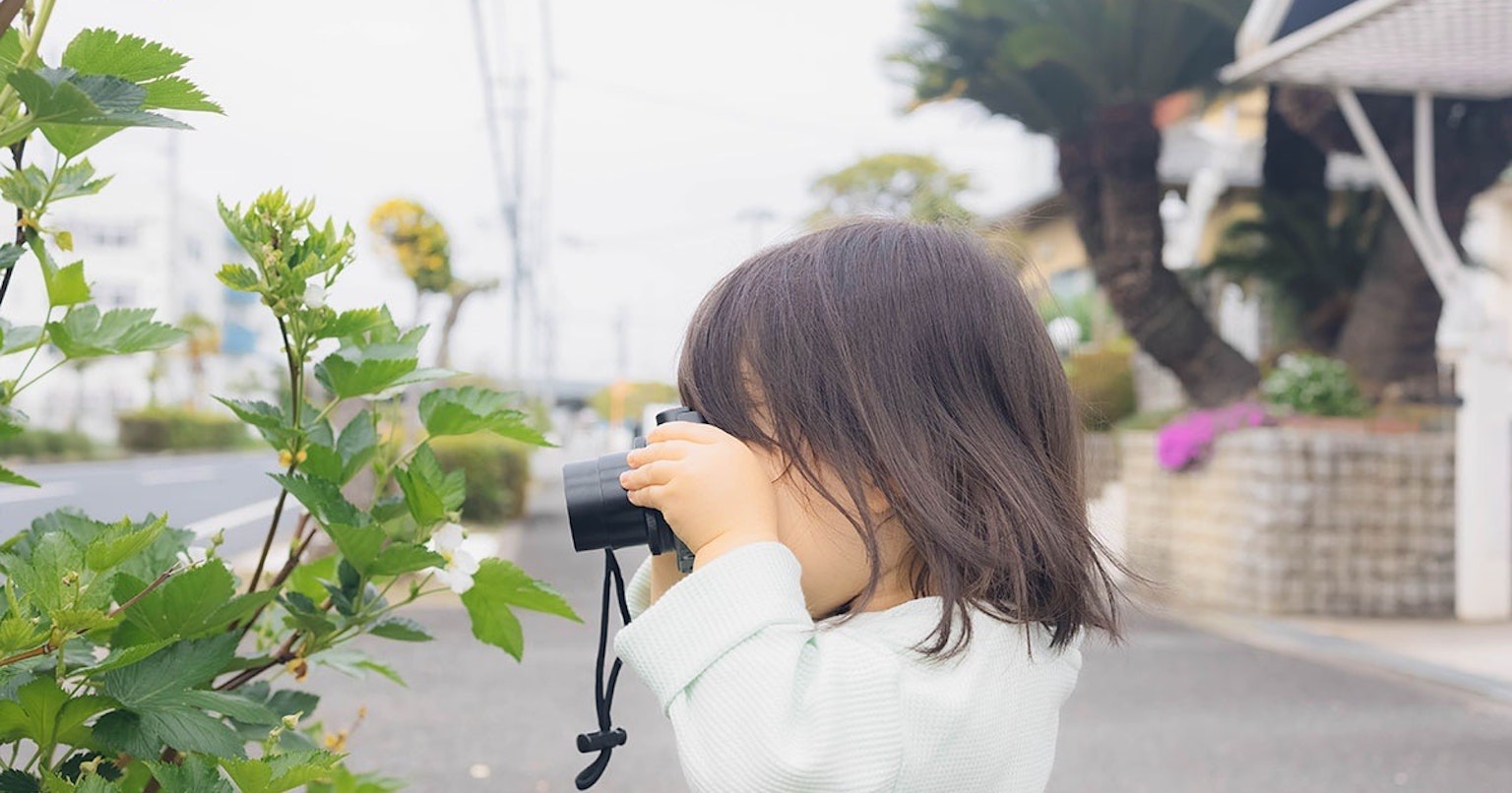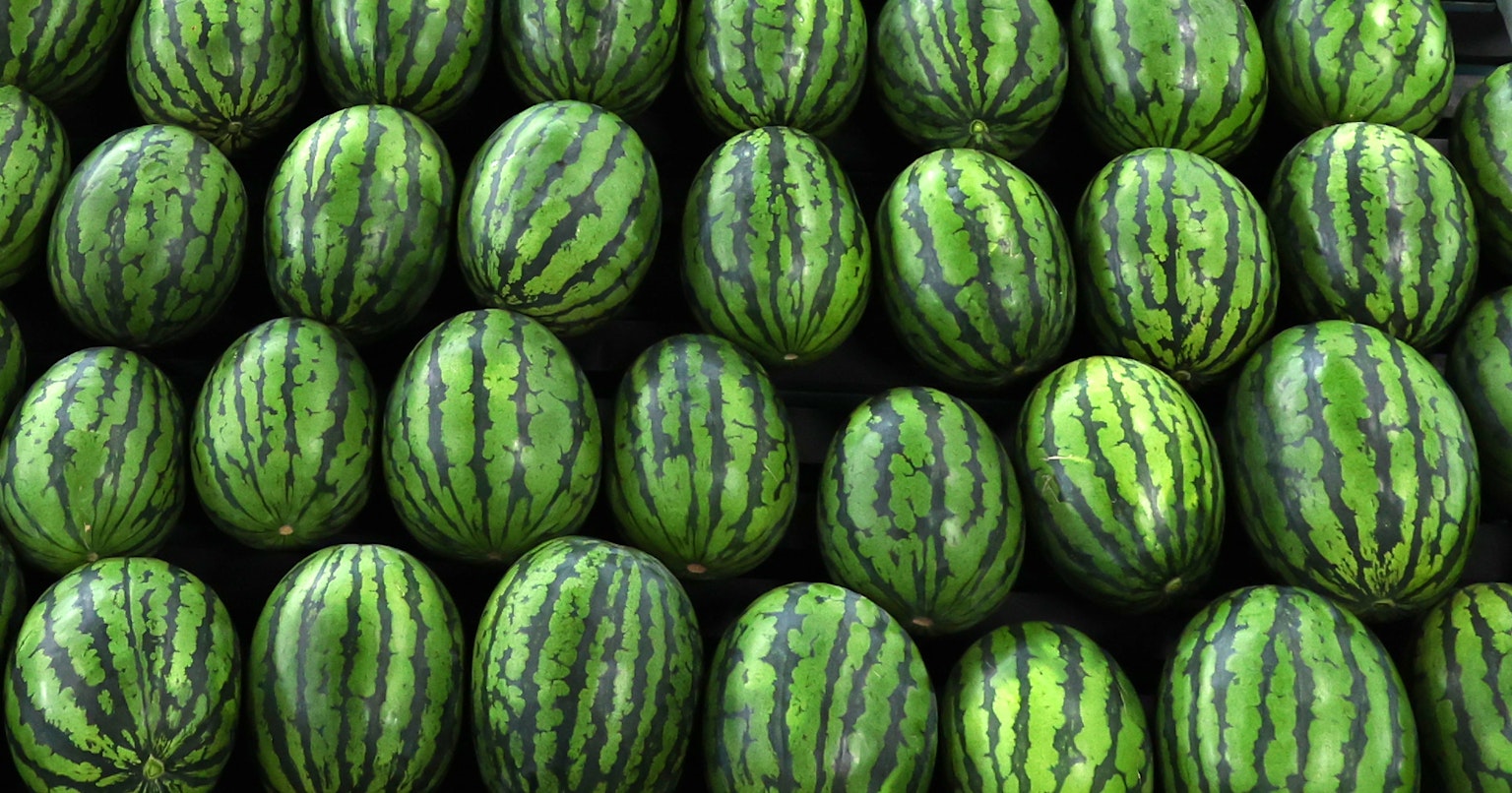A Must-Read for DSLR Beginners: Understanding the 'P, A, S, M' Mode Dial | Focus #134
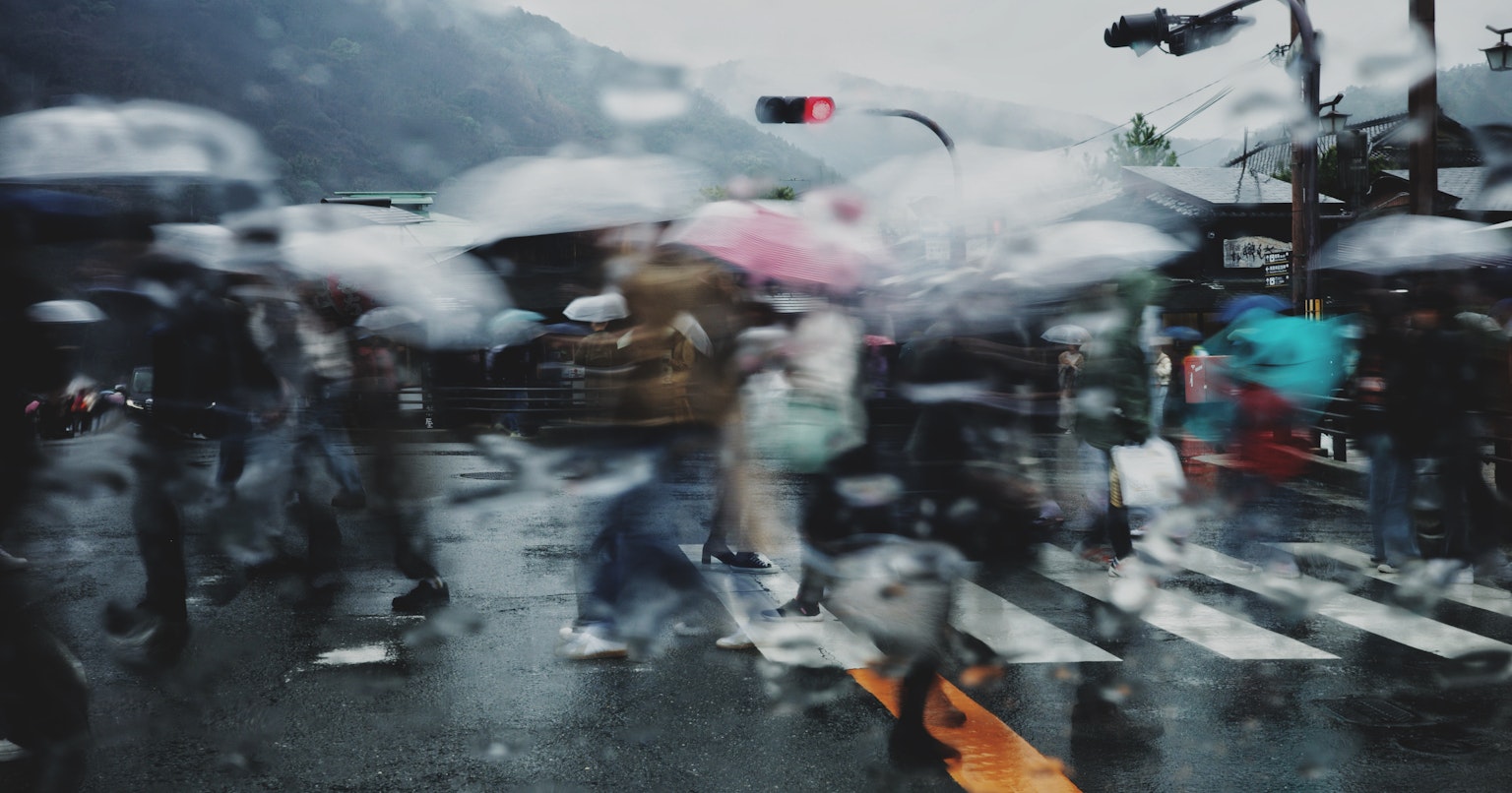
cover image by Yukihiro
You bought a DSLR to take beautiful photos. Have you ever been puzzled by the meaning of 'P, A, S, M' on the dial and how to use them? This time, we'll explain the characteristics and usage of the basic exposure modes of DSLR cameras: P mode, A mode, S mode, and M mode, and describe which mode to choose in different scenes.
Understanding the 4 Camera Exposure Modes
When shooting with a DSLR, you can switch between 'P, A, S, M' modes depending on your purpose. Beginners should start with 'P mode' and, as they get used to it, try 'A mode', 'S mode', and 'M mode'. Mastering these modes allows you to effectively capture portraits, landscapes, sports, and more.
P Mode (Program Auto)
P mode, recommended for camera beginners, automatically adjusts exposure (brightness). The camera sets the optimal balance of shutter speed and aperture, allowing the photographer to focus on the subject. It's easy to operate and allows for exposure compensation and white balance changes, enabling more advanced shooting than AUTO mode.

Image by shizuku
A Mode (Aperture Priority Auto)
A mode is suitable when you want to make use of background blur. By manually setting the aperture value (F-number) and adjusting the depth of field (the range in focus), you can make the subject stand out. For example, in portraits, blurring the background can highlight the subject. However, since the shutter speed is set automatically in this mode, be cautious when photographing moving subjects.
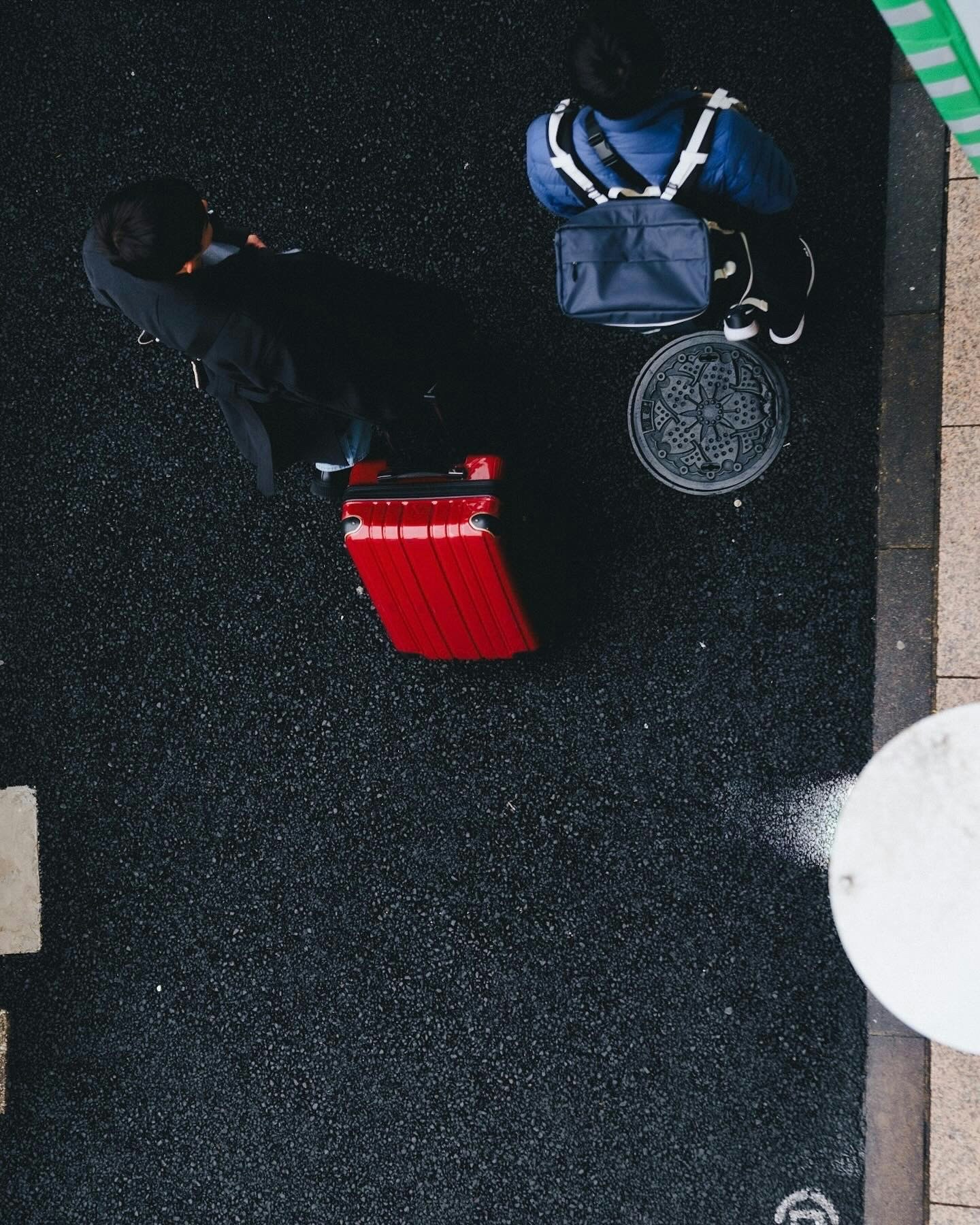
Image by GAMI
S Mode (Shutter Speed Priority Auto)
Choose S mode when you want to capture moving subjects clearly. You can set the shutter speed yourself, capturing moments like a bird in flight with a fast setting, or beautifully expressing the flow of a waterfall with a slow setting. However, be aware of camera shake when shooting at slow shutter speeds, and using a tripod is recommended.
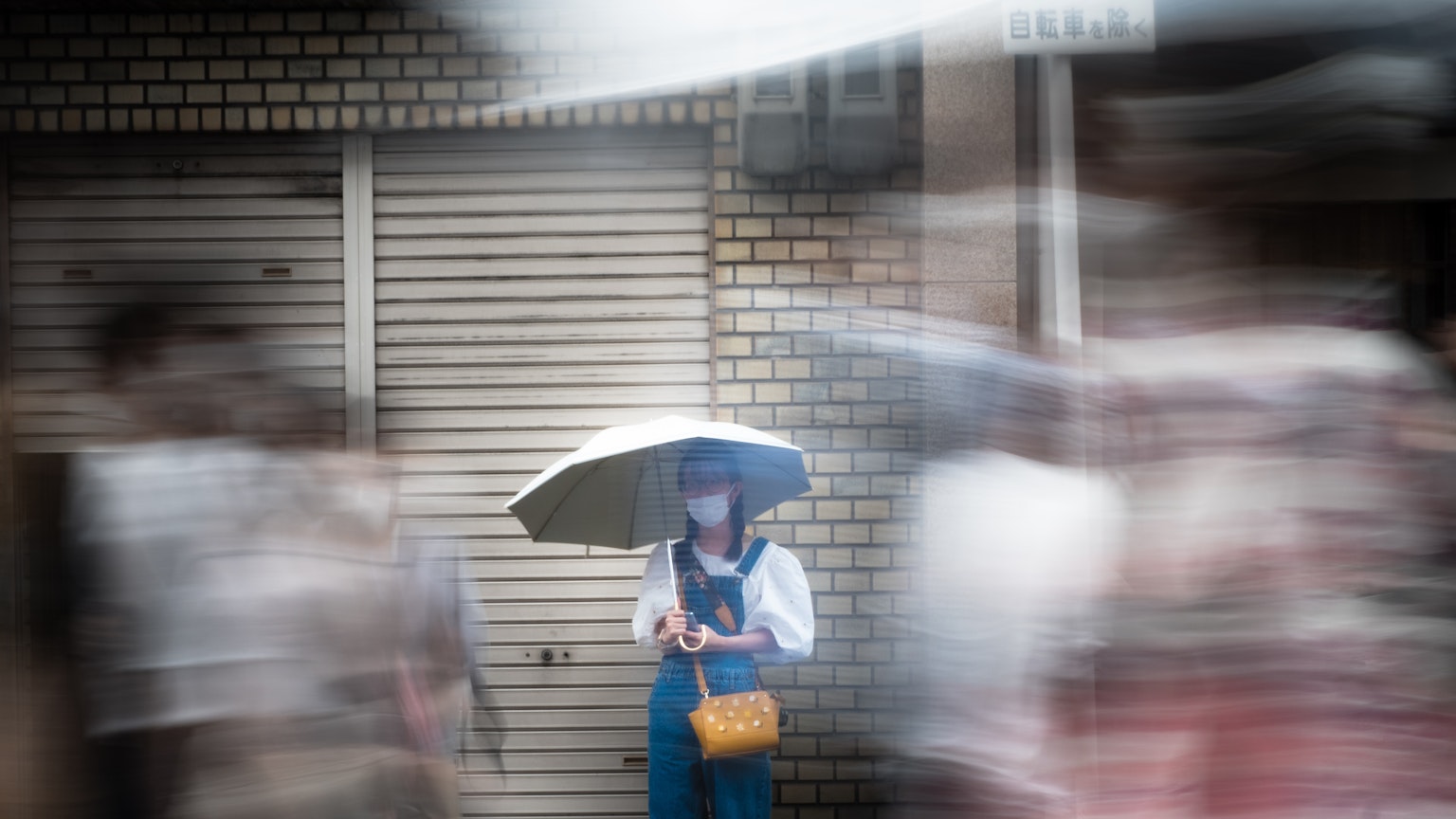
Image by はくらく
M Mode (Manual Shooting)
M mode is recommended for advanced users who want to control all settings themselves. With full manual settings of aperture and shutter speed, you can create photos exactly as you intend. It's effective when pursuing unique expressions by finely adjusting according to the environment. However, incorrect settings can lead to underexposure or overexposure, so basic knowledge and experience are required.
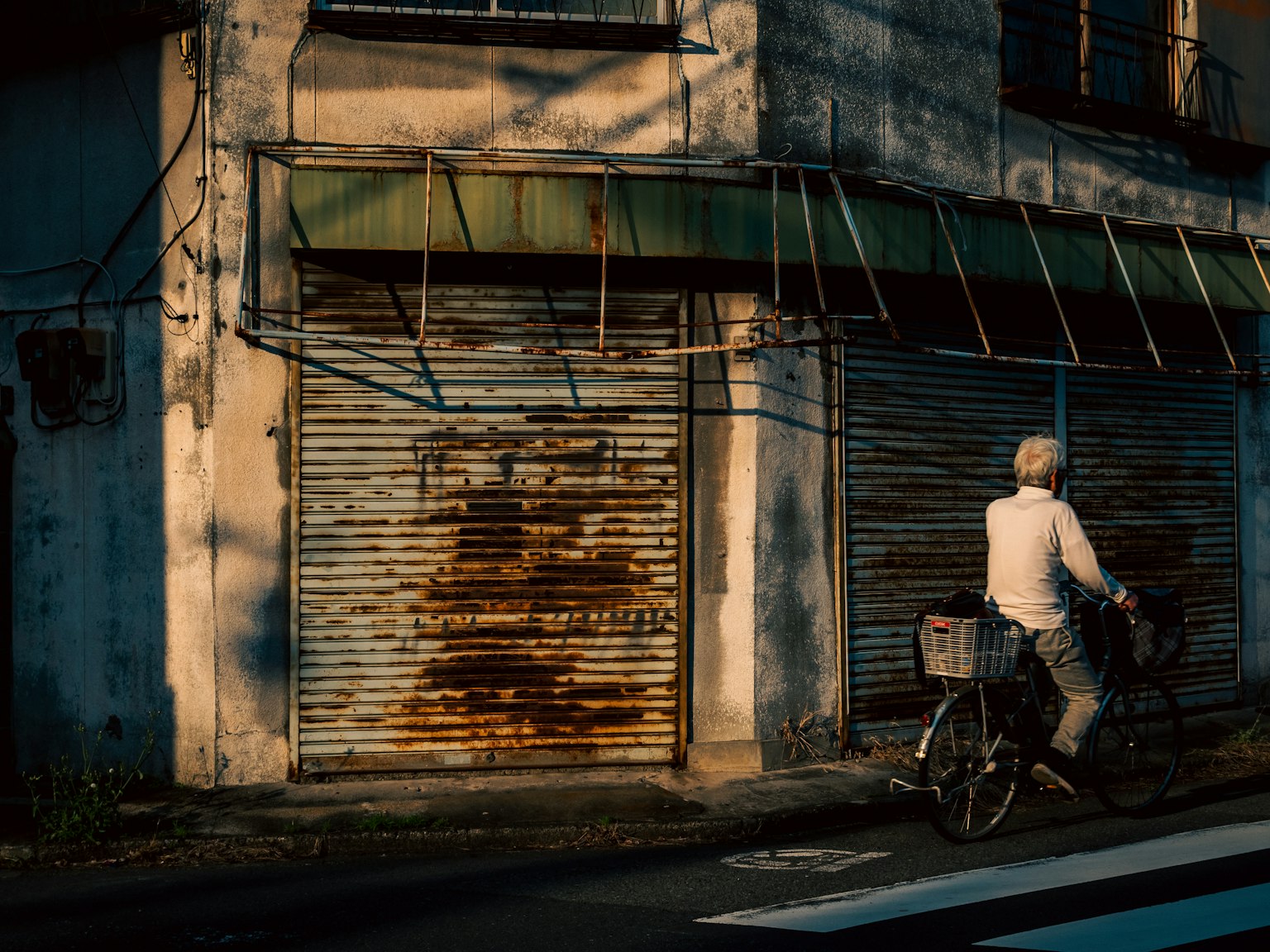
Image by Amo
Each camera exposure mode has its suitable situations. Beginners should start with P mode and gradually try other modes to improve their photography skills. Feel free to experiment with various settings without hesitation.
